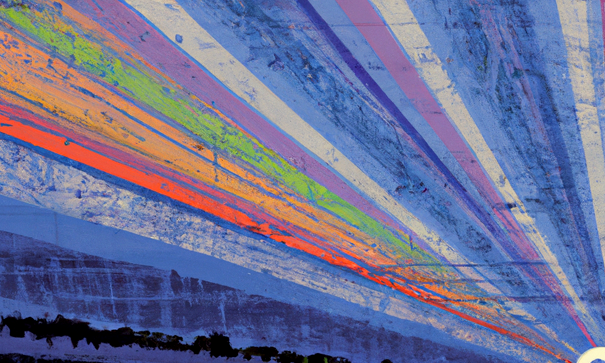Category: News
-

Meet Our New Team Members
Learn about the new digital scholarship team members who started this summer. We are so delighted they are with us! Dave Thomas, Digital Scholarship Specialist David Thomas has taught, presented, and published at the intersection of Ancient History and Digital Humanities, as well as Digital Scholarship more broadly. He holds an M.A. degree in history…